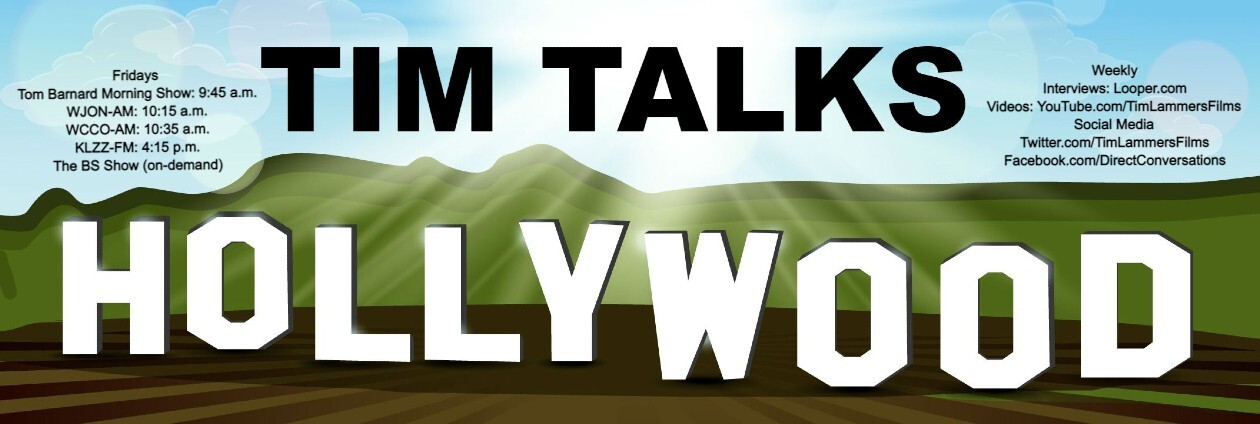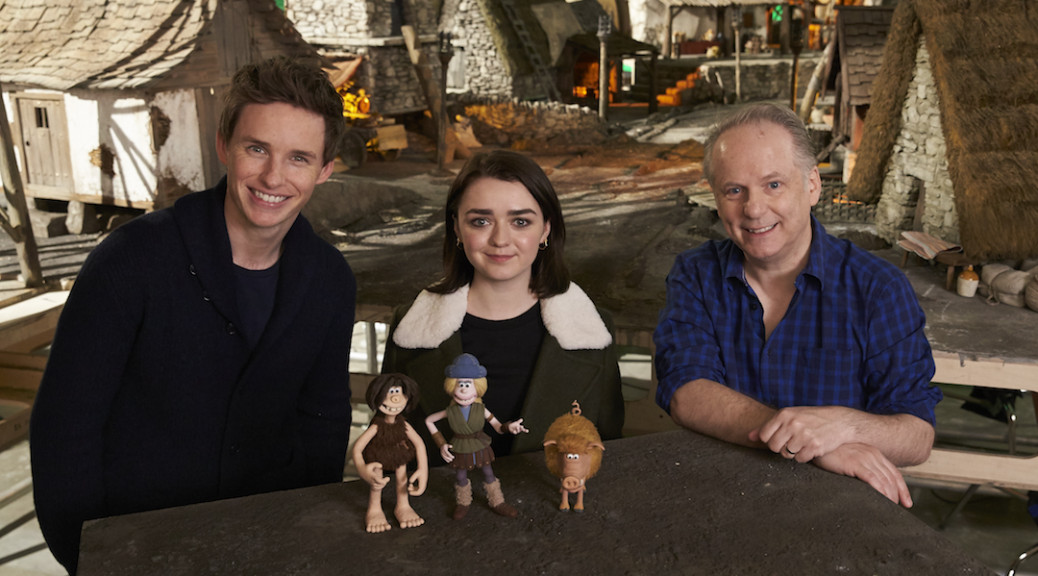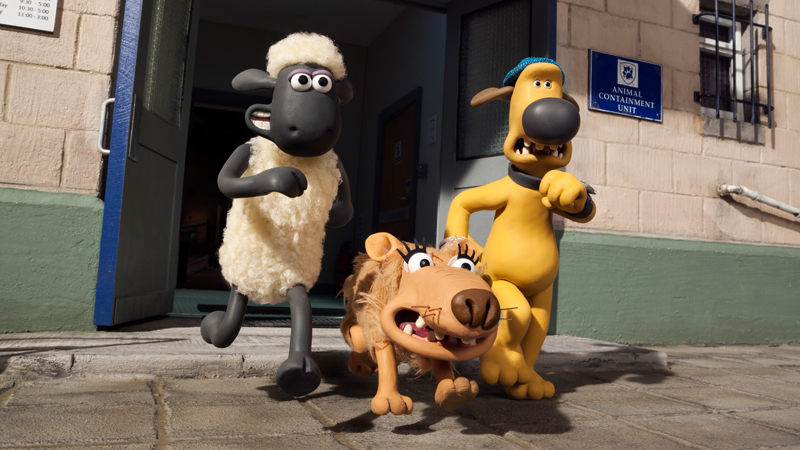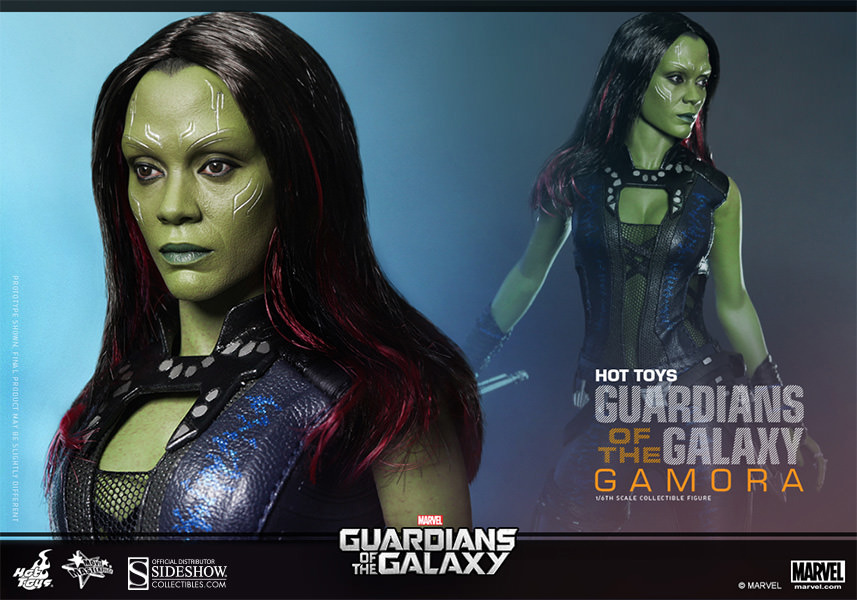For a movie about cavemen, the new Aardman Animations stop-motion animation feature “Early Man” is, ironically, quite evolved. In technical terms, it’s a far cry from writer-director Nick Park’s early “Wallace & Gromit” shorts from the late 1980s and 1990s, when Park himself shot the stories on film and even had a big hand, so to speak, in making the characters move.
And while digital technology has eased the burden of the ever-so-precise medium of stop-motion filmmaking, Park found himself taking a step backward to create the opening scene of “Early Man.” Beginning in prehistoric times, the opening scene is a tribute to stop-motion pioneer Ray Harryhausen that features dinosaurs appropriately named Ray and Harry.
“The whole movie was shot with digital cameras, so it looked immaculate when we shot the whole dinosaur sequence,” Park said in a recent phone conversation from San Francisco. “The sad thing is, we had to distress the footage to make it look like film shot in 1970. So, ironically, we had to put digital dust and grain on the scene and had to make the colors look a bit more like slightly old Technicolor. It seemed criminal to do that since the scene looked so wonderful at the beginning, but that’s what we needed to do to make it look like a Ray Harryhausen movie.”
“Early Man” tells the story of Dug (voice of Eddie Redmayne), who along with his pet warthog Hognob (Park) and tribe, have their primitive existence interrupted by progress, as the villainous Lord Nooth (Tom Hiddleston) and his minions from the Bronze Age City begin to expand his kingdom into the forest. Before he can do so, though, Dug lays down a challenge: If he and his tribe can defeat the Bronze Age City’s formidable soccer club in a match, Nooth must let his primitive neighbors live in peace. The problem is, Dug and company don’t know a thing about soccer, even though his ancestors by happenstance invented the sport.
Opening in theaters nationwide on Friday, “Early Man” also stars Maisie Williams (“Game of Thrones”) as the voice of Goona, a spunky citizen of the Bronze Age City who helps Dug’s tribe find their full potential as soccer players.
Given the lighter tone of previous Aardman hits like “Chicken Run,” the Wallace & Gromit adventure “Curse of the Were-Rabbit” and “Shaun the Sheep Movie,” Park, who has won four Oscars for his stop-motion work, knew he had a great way in to lightening the proceedings of “Early Man.” The story is inspired by the beloved worldwide sport of soccer — better known as football outside of the U.S.
“It just struck me as idea — I’m always waiting for the ‘lighting strikes’ ideas that make me stand up and want to make me make the film,” Park said. “I didn’t want to just make a caveman epic. It had to have some sort of different, off-the-wall idea that makes it a bit quirky and a bit Aardman. That’s when I had the idea of, ‘What if cavemen played sports?’ Then I began to think that maybe playing sports was a way of civilizing insolence. If you think about it, it’s true that primitive aggression is channeled into the tribalism that surrounds a sport like soccer.”
Of course, the aggression we see in the family-friendly “Early Man” is very playful and done in a comedic sort of way, which is a hallmark of every Aardman Animations production to date. Rooted in cheeky British humor, Aardman’s films separate themselves from other stop-motion works not only in tone, but in style, given that the characters are molded from clay (hence the reason the company’s films are often referred to as “claymation”).
“Why I love stop-motion with clay, is that it’s done in this sort of style that has kind of humor and charm that comes with it,” Park said.
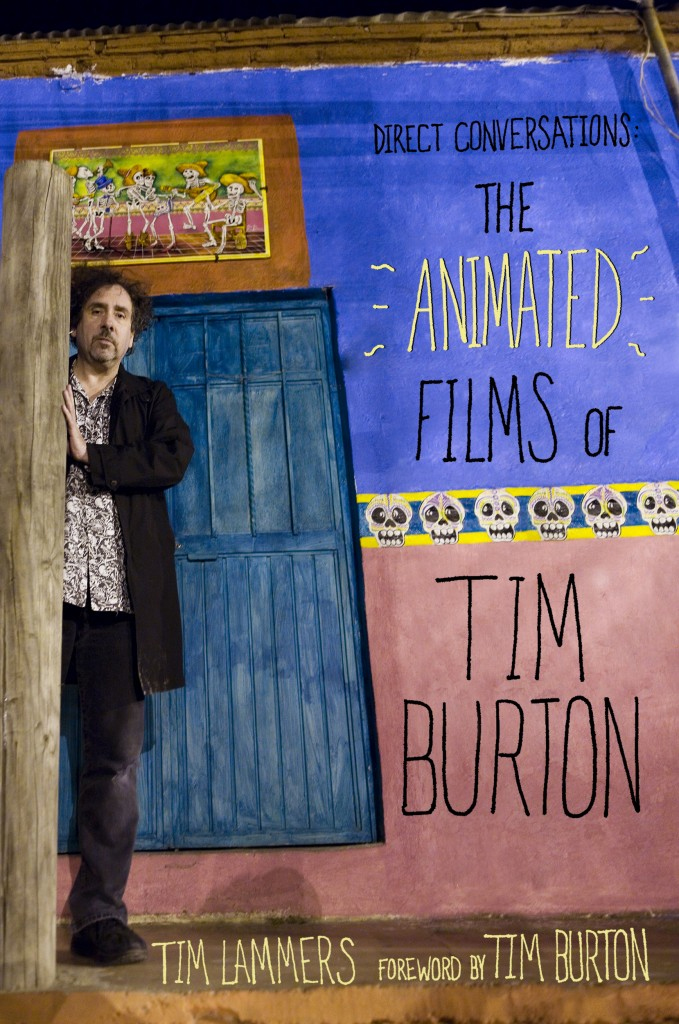
And if Aardman keeps that sense of humor and charm that separates itself from most movies, Park is confident that the art of stop-motion will endure, despite ever-burgeoning technological advancements in the field of computer-generated animation.
“I remember 20, 30 years ago with the rise of CGI, we would think, ‘How many days do we have left?'” Park said. “But today, there’s a great flourishing of stop-motion, still, with studios out there like Laika, and filmmakers like Tim Burton and Wes Anderson — who is getting ready to release another stop-motion film — it’s incredible. As for Aardman, I know our style stands out against all those CG films, and there are some great CG films out there.”
Tim Lammers reviews movies weekly for The KQ92 Morning Show,” “KARE 11 News at 11” (NBC), “The Tom Barnard Podcast” and “The BS Show” with Bob Sansevere.
Copyright 2017 DirectConversations.com
